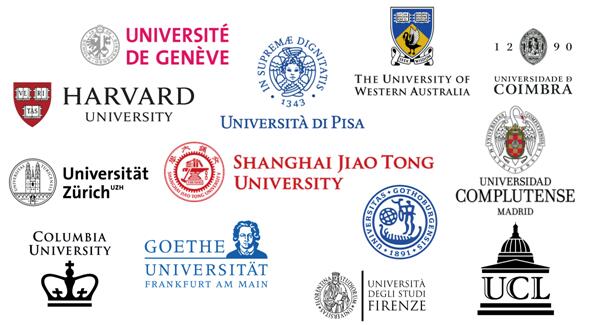Fudan tumor cross fusion adds another "weapon": completing the first PRLT clinical trial with precise targeting of prostate cancer | discipline | first case
Cancer treatment "weapon": Fudan University Affiliated Cancer Hospital recently completed the first PRLT clinical trial patient administration through interdisciplinary integration, bringing more treatment opportunities for patients with refractory prostate cancer.
Patient Zhao, 67 years old, was diagnosed with prostate cancer five years ago. After undergoing new endocrine therapy, chemotherapy, and PARP inhibitors, his condition has progressed again. After a multidisciplinary team led by Professor Ye Dingwei from the Department of Oncology and Urology at Fudan University, it was recommended to carry out PRLT therapy. The so-called PRLT is prostate specific membrane antigen receptor radioactive therapy. Professor Song Shaoli, Director of Nuclear Medicine, introduced that prostate cancer lesions generally exhibit high expression of PSMA. Introducing the "nuclear missile" -177 lutetium PSMA into the body can specifically target tumor cells for precise strikes, and can play a dual role in biological therapy and tumor internal irradiation to kill tumors.
Based on PSMA precise imaging and multidisciplinary comprehensive treatment, the five-year survival rate of prostate cancer in Fudan City far exceeds the domestic average level. The use of 177 lutetium PSMA in this treatment has become a dawn of life for advanced refractory patients. The reporter learned that in recent years, the Department of Nuclear Medicine has continued to explore prostate cancer. Experts explain that 87% of metastatic prostate cancer cells have high expression of PSMA, which is a type II transmembrane receptor located in prostate cancer cells and has become an ideal target. By labeling the PSMA ligand with 177Lu, 177lutetium-PSMA-617 can be formed, which can accurately identify high expression PSMA prostate cancer lesions and has the advantages of strong killing power and minimal damage in treatment.
Previous large-scale studies abroad have confirmed that 177 lutetium PSMA can effectively prolong the overall survival of prostate cancer patients by 4 months, prolong the progression free imaging by 5.3 months, and reduce PSA levels by more than 50% in 46% of patients, with overall good tolerability. However, experts also remind that this therapy is not suitable for everyone, and only patients with PSMA positive metastatic lesions are eligible for treatment indications.
It is reported that Fudan Tumor is the earliest unit in China to carry out PSMA imaging, and has independently developed 99mTc PSMA SPECT/CT imaging probes and obtained intellectual property rights. After the opening of the nuclide ward, clinical trials involving nuclide diagnosis and treatment in various phases will be carried out. Currently, the three leading nuclide treatment projects for prostate cancer are being carried out as scheduled. Professor Wu Jiong, Executive Vice President, finally stated that the collaboration between the Department of Urology and the Department of Nuclear Medicine will provide patients with new treatment options. In the future, the hospital will continue to promote interdisciplinary integration and solve more clinical bottleneck problems.




